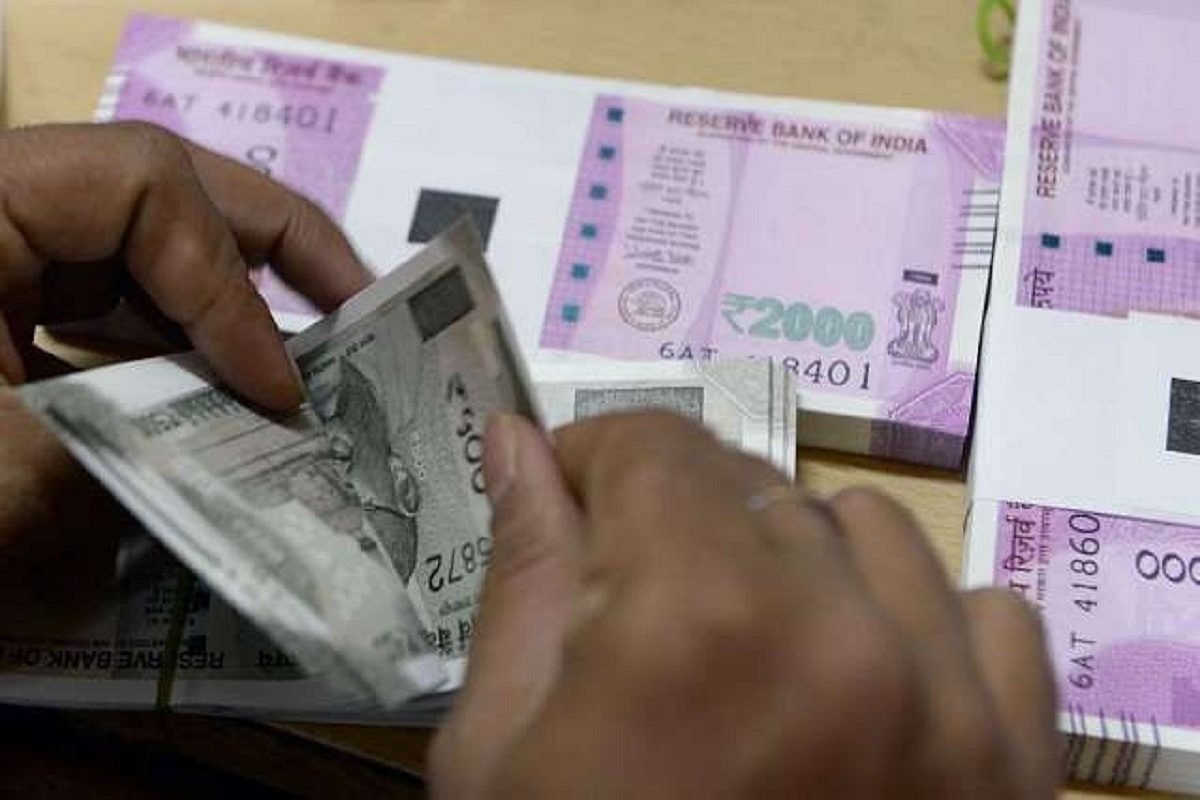Economy
It Is Time To Move On From The Demonetisation Debate
- People’s adoption to digital payments, combined with their electoral choices, shows a green light for demonetisation.

(Representational image).
Using the benefit of hindsight, it is time to declare demonetisation a resounding success and move on to other pressing issues that are critical to India’s interests in the upcoming decade.
With demonetisation, as with any other policy, time is the best vindication, and while the apex court’s validation was not indispensable, it does validate the government's intent and idea about curbing black money and counterfeit currency in circulation.
Apart from time and intent, in any democracy, the electoral verdict is critical.
For any government, of any party, demonetisation would be the equivalent of political suicide, but this government has fared well. Having won key elections in 2017, 2019, and even 2022, one can assume that the electorate, at large, has given the government of the day the green signal.
Even the twin shocks to the domestic economy across 2016-2017 have not derailed this government’s political fortunes.
While the opposition claims that the informal economy was destroyed, the MSMEs suffered, and so forth, the electorate has invested its faith in the Narendra Modi-led government, across states, and nationally, post-2017.
However, this does not mean that there were no short-term woes for the people at large. Demonetisation ushered its share of problems.
Clippings of long queues outside banks and ATMs continue to trend in Whatsapp groups. Lower-income groups suffered for a few weeks, though many were helped by their employers until things went back to normal.
The biggest takeaway, in hindsight, has been people’s willingness to adapt to the digital payments mechanism.
Two key policies worked here. One, is the financial inclusion through Jan Dhan Accounts. Today, there are more than 470 million bank accounts with deposits worth more than Rs 180,000 crore.
The other aspect is Unified Payment Interface (UPI).
In November 2016, there were 0.29 million transactions through UPI. In November 2017, this number jumped to more than 100 million. In November 2018, this number registered a fivefold increase, to more than 500 million. In December 2022, the total number of UPI transactions recorded stood at more than 7.8 billion.
Today, digital payments have been adopted by everyone, from parking lots to street vendors selling everything from juice to vegetables. Plastic cards are on their way to becoming obsolete, leaving the likes of Visa and Mastercard frustrated in the Indian market.
Cash is back in circulation, yes, but digital payments are also attaining a new high each month.
Can the success of India’s digital economy be attributed to demonetisation, however? Yes, digital payments, even if not a part of the original plan introduced on 8 November, 2016, are an unintended yet fruitful outcome of the brute policy shock.
Some anecdotal observations, one that the readers may have encountered in those days, warrant a mention as well.
The announcement of demonetisation resulted in an immediate and urgent cash flow in the MSME sector, with many entrepreneurs using stocked cash to make payments instead of going to the banks.
One of the interesting episodes was people trading their stocked cash, one they could not take to the banks or be answerable for before the taxman, for gold biscuits and bars, at twice or even thrice the price (in the early days after DeMo).
Many went on a purchasing spree, picking up gadgets and electronics. Some traded black money for white at 20-30 per cent loss even.
About demonetisation, one must remember that the implementation challenges and failures were largely public, but the successes were mostly private, and for people to observe at a personal level, as many did.
The bottomline remains that a lot of black money came back to the market, wrecking the supply and demand balance of some commodities and that people, forgetting the short-term pains, went for long-term gains by adopting the digital payments system.
Lastly, the party in government won multiple elections that followed. The economy came back on track. The GST returns are peaking. The UPI transactions are increasing. The government has been hunting and trailing those with black money.
So, where are the failures of demonetisation everyone in the opposition keeps talking about?
Introducing ElectionsHQ + 50 Ground Reports Project
The 2024 elections might seem easy to guess, but there are some important questions that shouldn't be missed.
Do freebies still sway voters? Do people prioritise infrastructure when voting? How will Punjab vote?
The answers to these questions provide great insights into where we, as a country, are headed in the years to come.
Swarajya is starting a project with an aim to do 50 solid ground stories and a smart commentary service on WhatsApp, a one-of-a-kind. We'd love your support during this election season.
Click below to contribute.
Latest